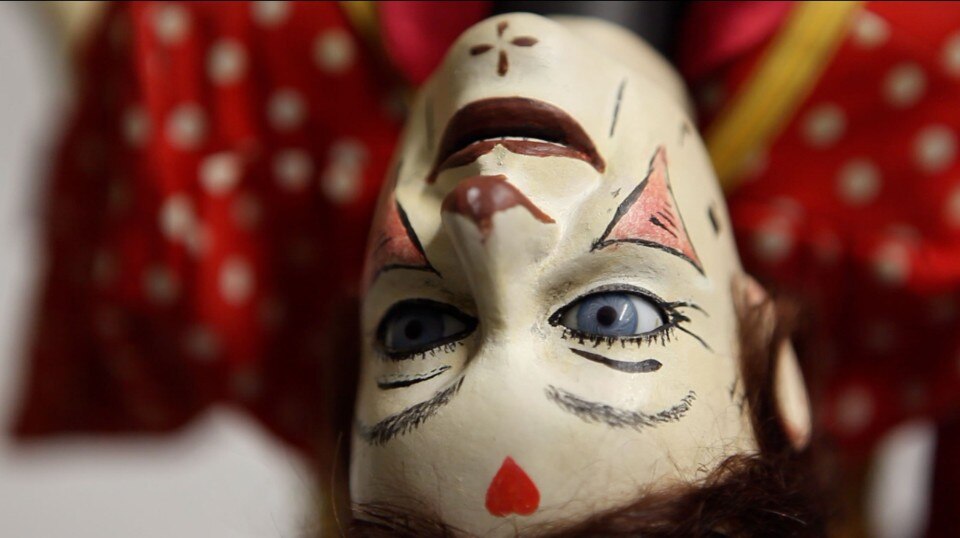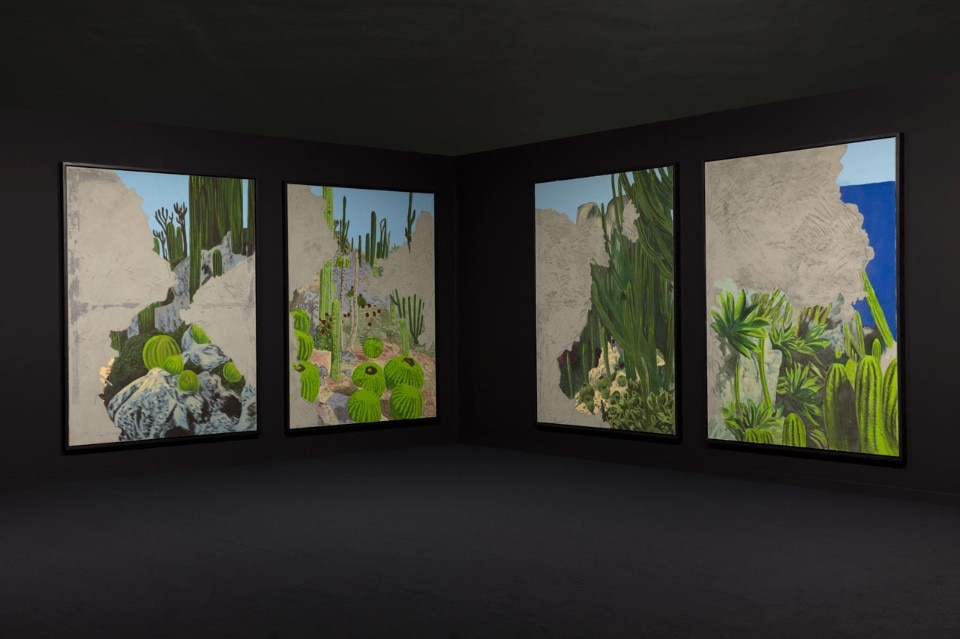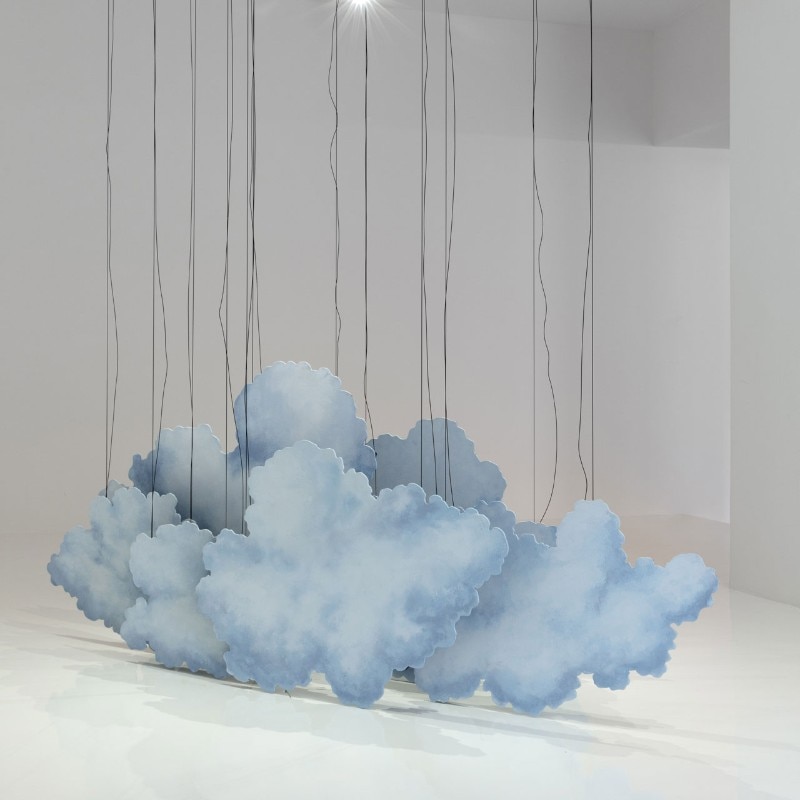Let’s imagine the existence of a garden, a garden of memory and magical, like in 1001 Arabian Nights, recreated – nonetheless – inside a museum, the Villa Sauber at the Nouveau Musée National in Monaco, which will soon close for restoration. A romantic garden. Let’s also imagine that our gazes as spectators cross, like in a spell, in the rooms while admiring the 40 painted panels that create a unique atmosphere and reference the landscape and architecture motifs of decors by Alphonse Visconti, the head decorator of the Opera in Monte Carlo between 1903 and 1924.
Today, our own bodies direct and change, by playing with shadows, the colours of the rooms in the exhibition Latifa Echakhch has titled “Il giardino meccanico” [The Mechanical Garden]. The movements overlap: light enters from the large windows from which we catch sight of an indistinct beyond of trees and water. Amidst confiseries and vieilles automobiles it’s hard to describe in a place as complex – as far as architecture and landscape go – as the Principality which and how many lines unite the imagination with nature, accentuating our perception of the human idea of being the sensitive parts in a complex mechanism that eludes anyone who merely wishes to look upon it. The impression that within nature there is a passage and refuge in what we perceive, precisely through everything we see as make-believe, has always obsessed the artist.
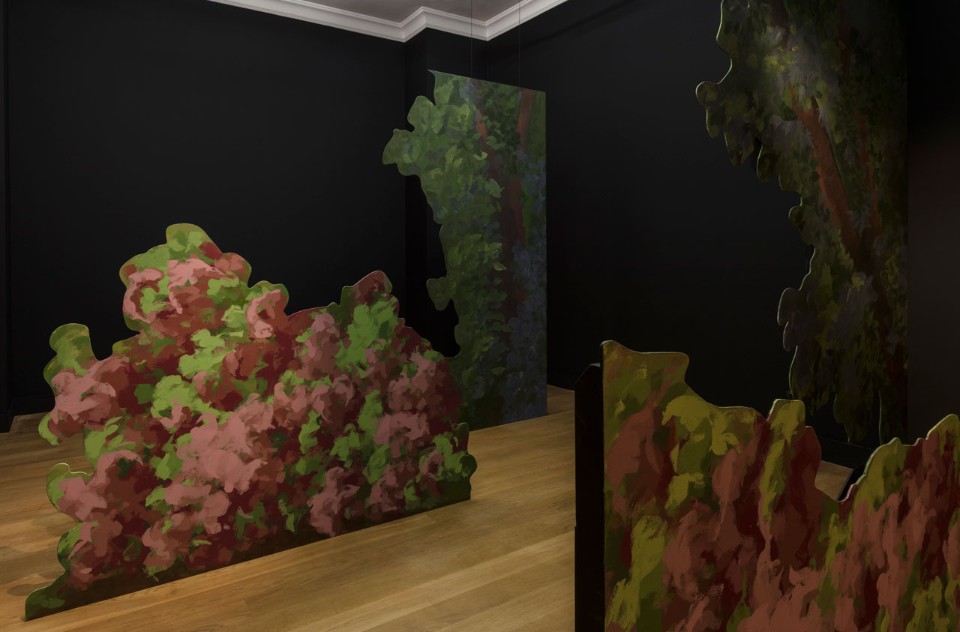
 View gallery
View gallery

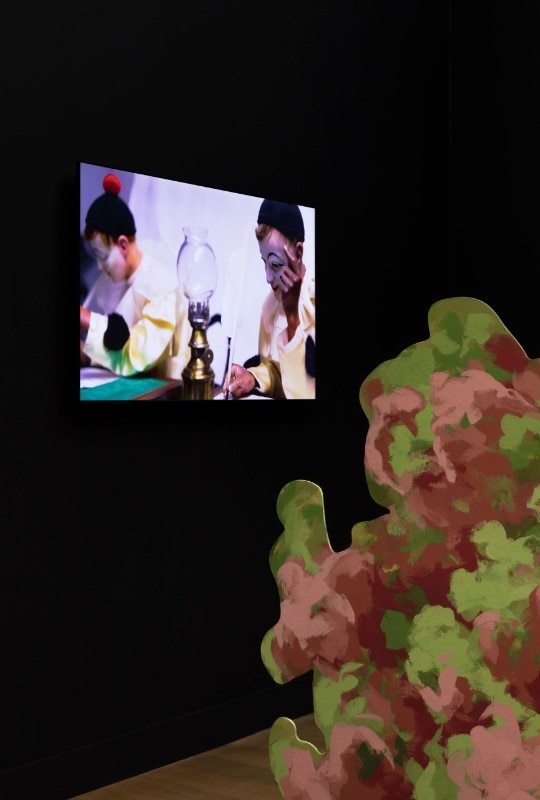
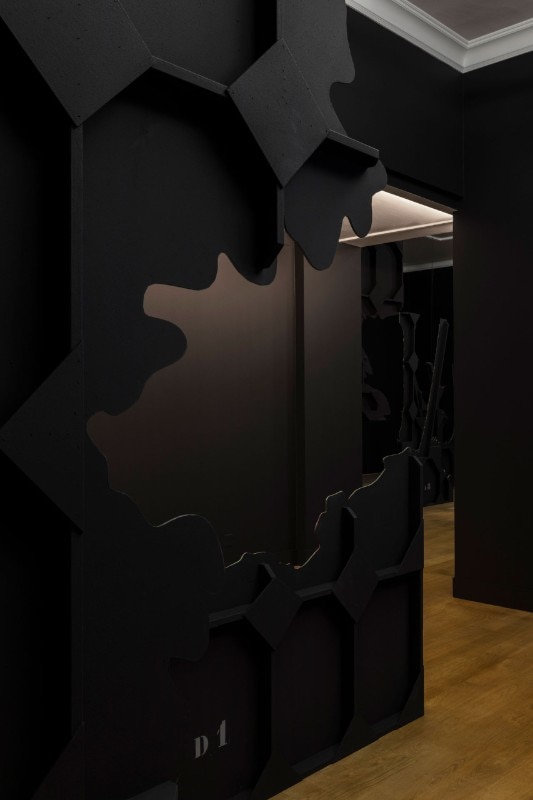
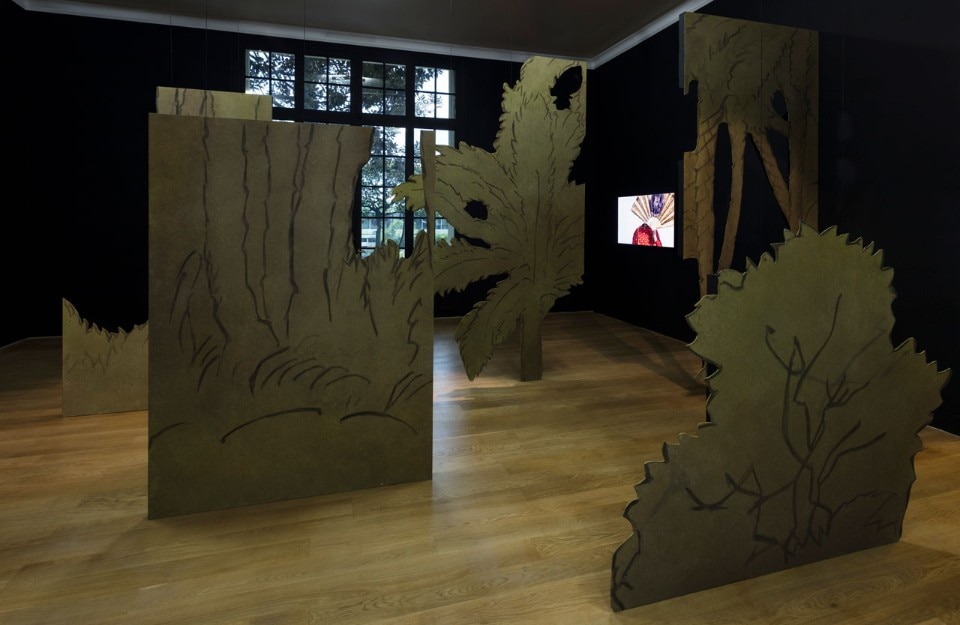
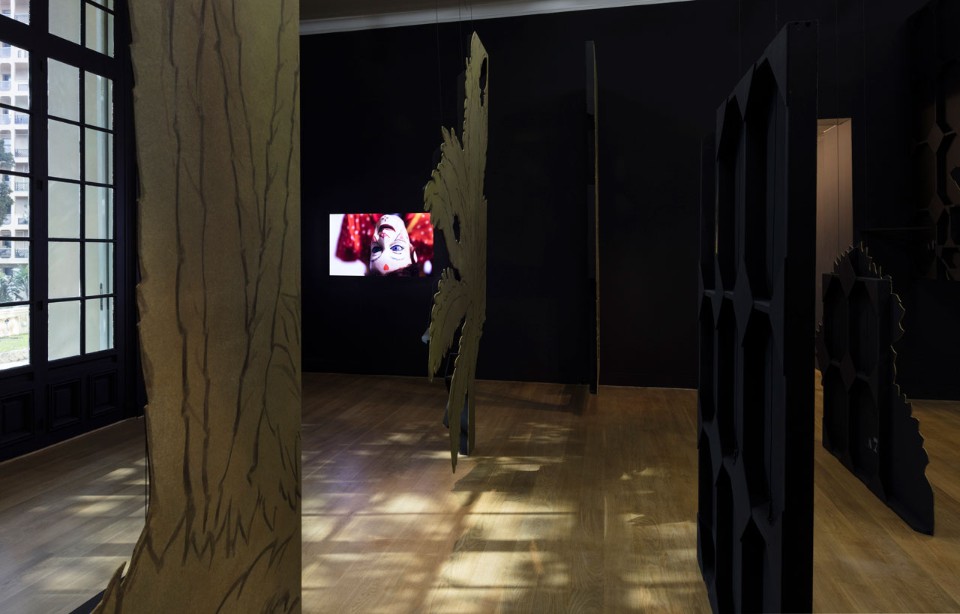
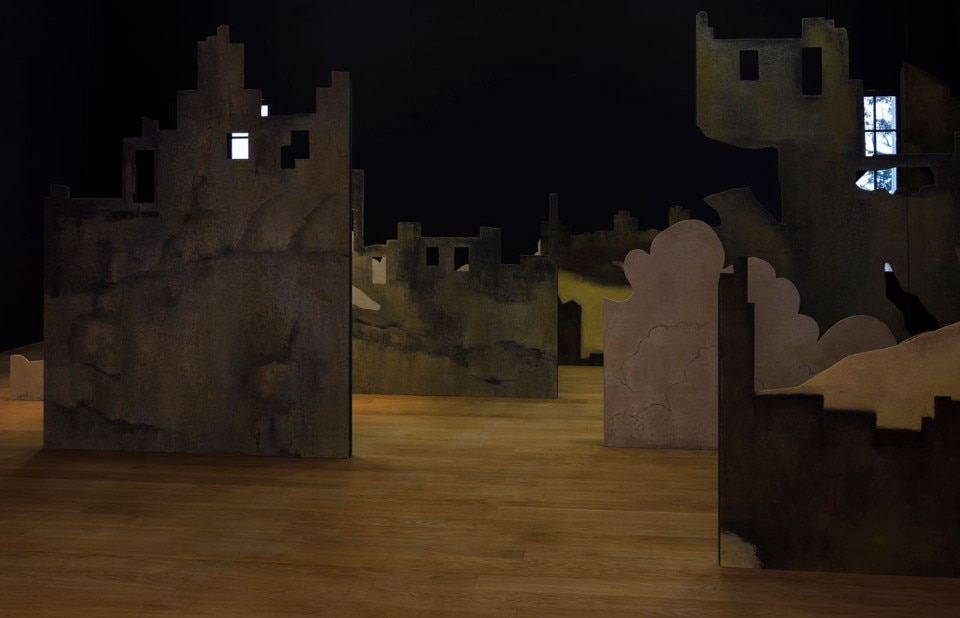
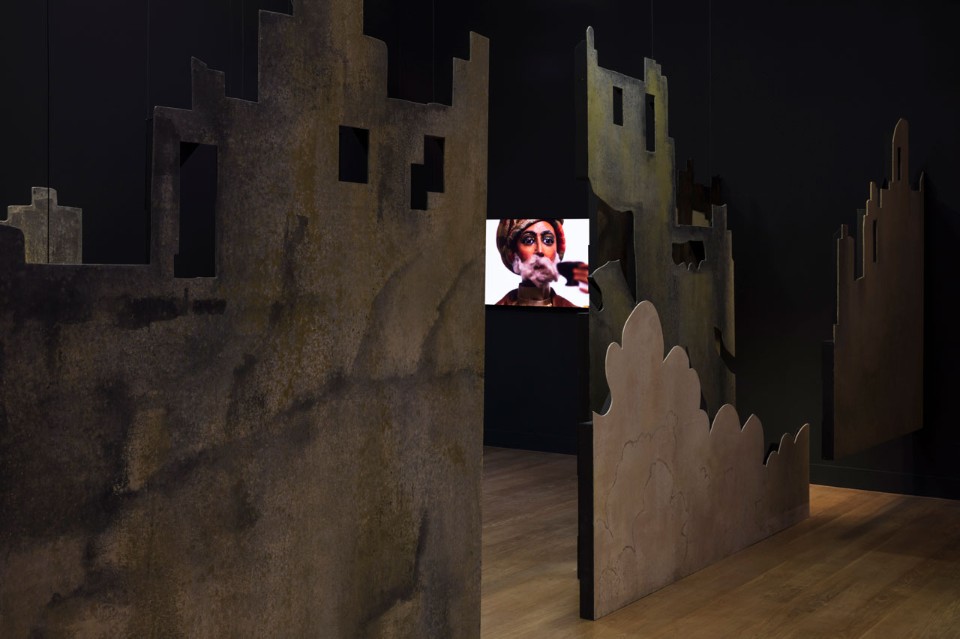
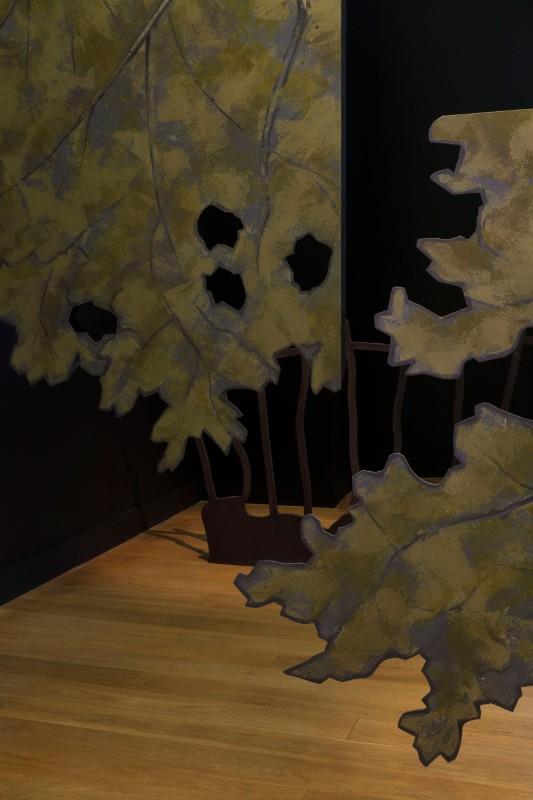
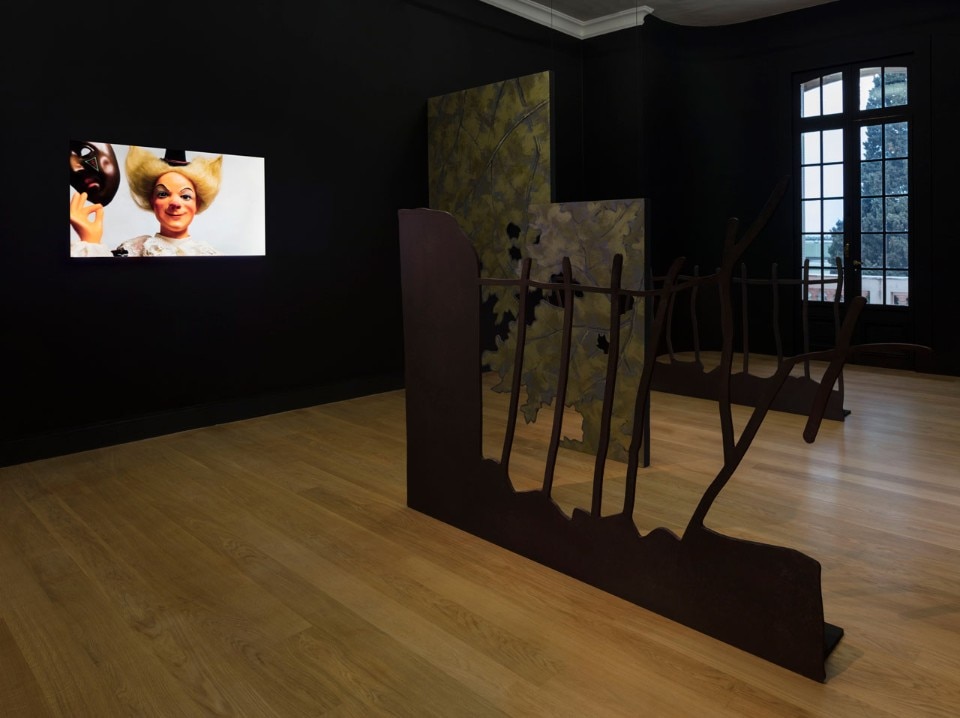
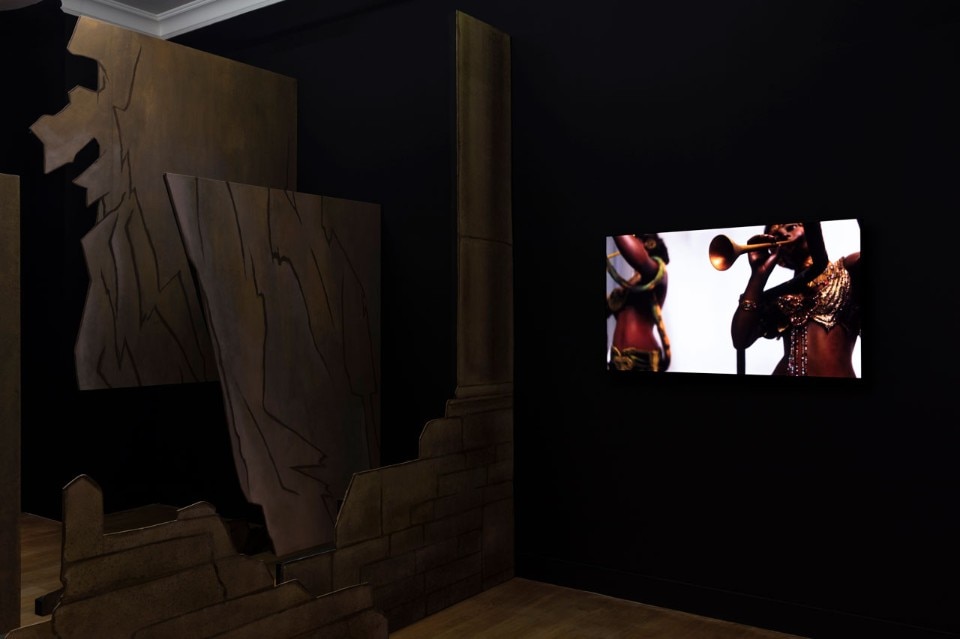
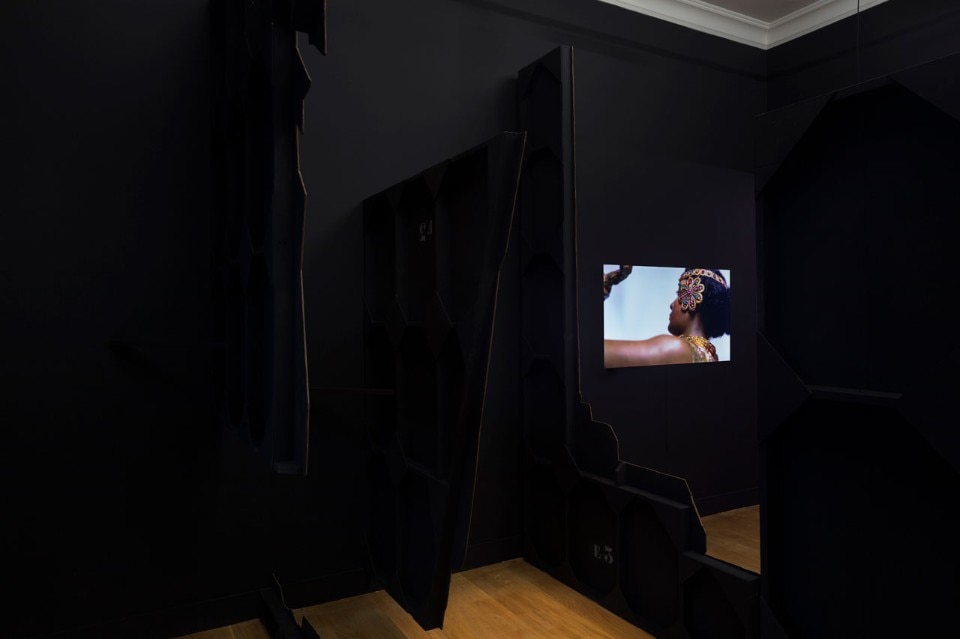
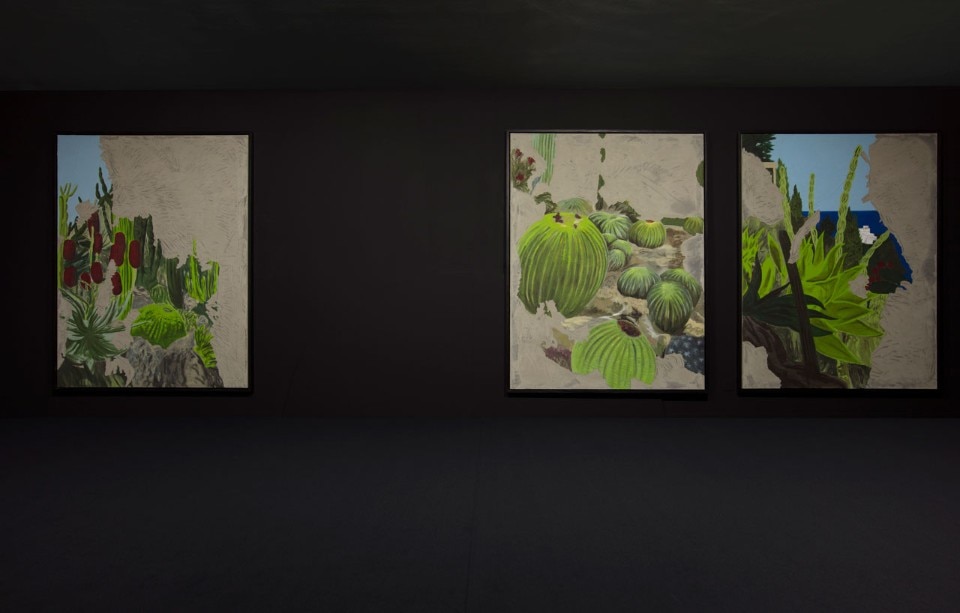












Everything is a ghost, and Latifa Echakhch proceeds thusly, giving life to skies and mountains, altering – enlarging them by hand – details of the original maquettes of ancient productions like the Moise or Pompeii that call to mind memories of her childhood spent in the wings of the theatre at Aix-les-Bains, where she arrived as a young girl from Morocco. One of art’s oldest questions is everywhere: when looking at a panorama, what makes us suddenly feel part of a décor and what, at the same time, could keep us distant in another imaginary fairy tale? In a quite impressive section of the exhibition, the recreation of the exotic garden in Monaco is the focus of a painting analysis that finds the shades of the cement that it hides, but above all we spectators slowly lose all references between make-believe recollections of past and future works (from the famous film by Philippe Parreno on automata to the postcards of Thomas Demand, from the mechanical paintings of Nick Mauss to the ballet from the golden age of Monte Carlo), in a décor that’s constantly evolving just like the ever-paradoxical territory of the Principality.
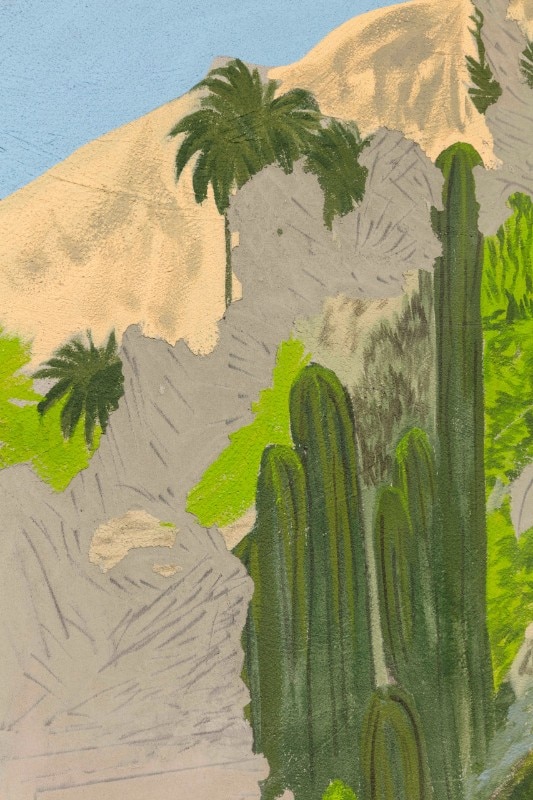
 View gallery
View gallery

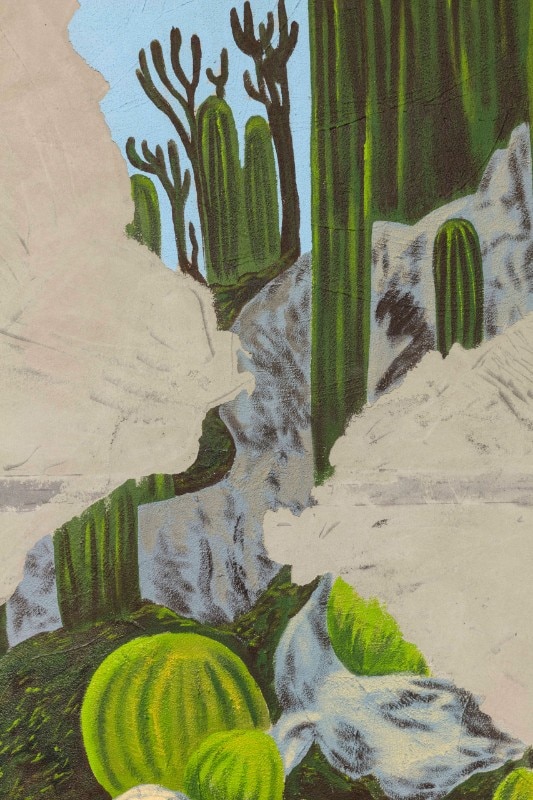
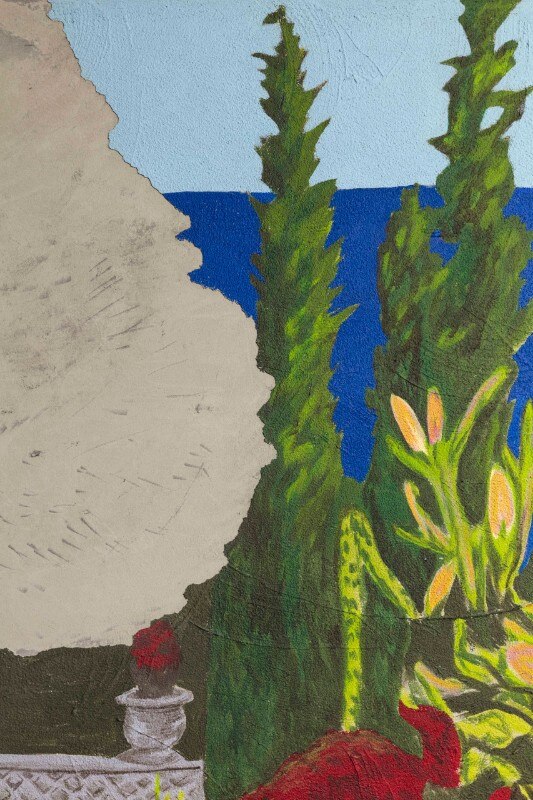
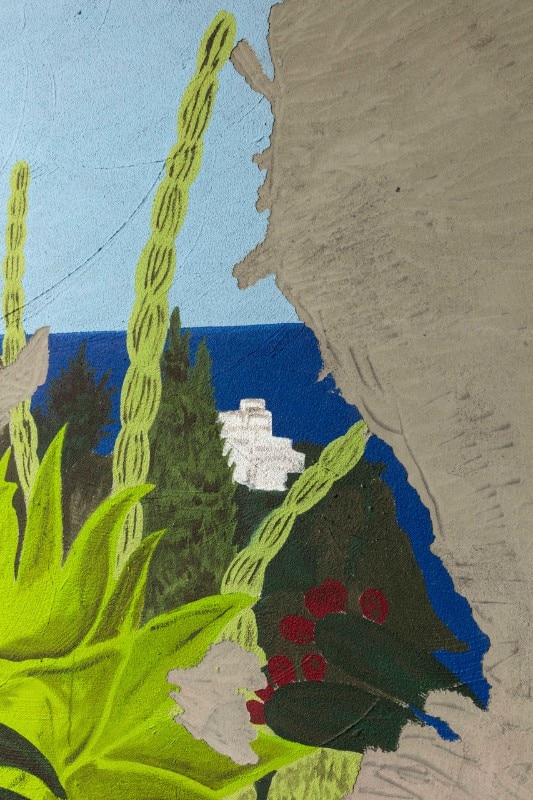
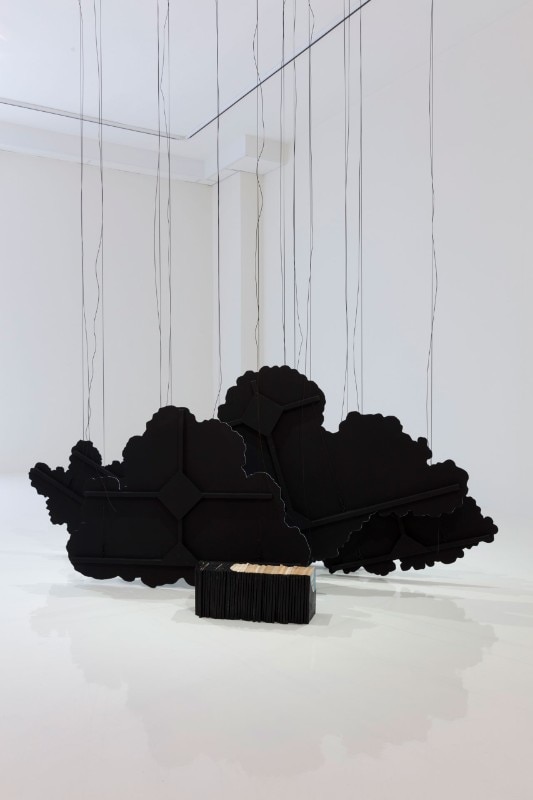
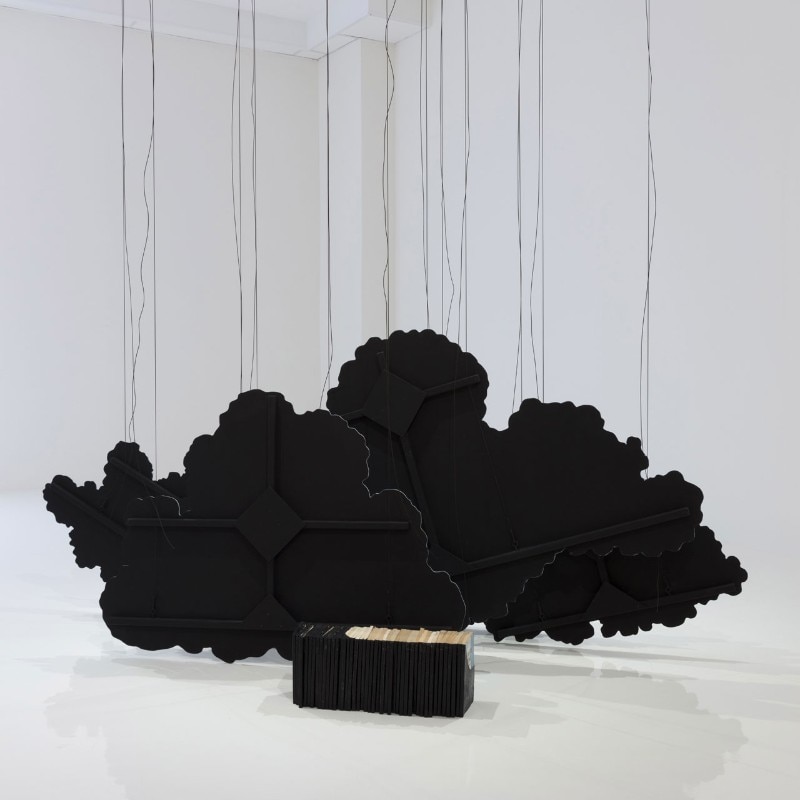
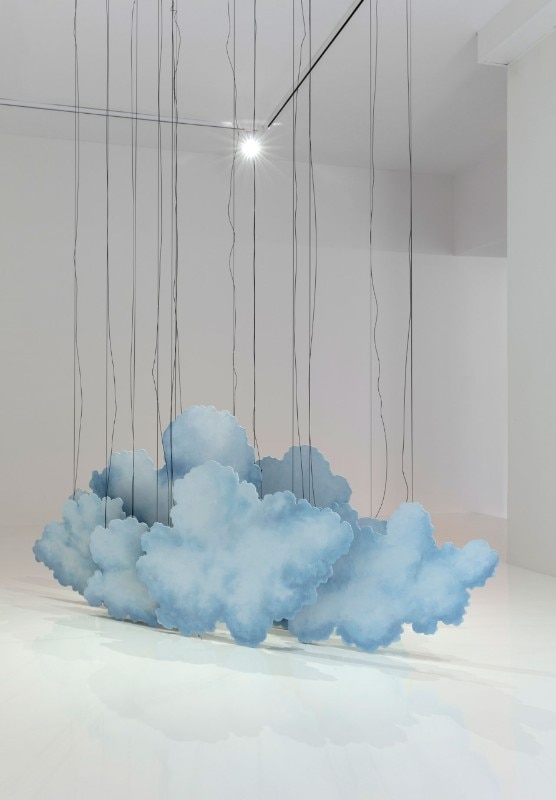







The very history of the museum we find ourselves in is here to tell us about it: in the past, a museum of mechanical automata, and in very recent years, thanks to some exhibitions curated like this one by Célia Bernasconi, one of Europe’s most interesting museums (Nick Mauss and Leon Bakst, Saadane Afif, Kasper Akhoi marked the rooms and memory, and though lost in the current installation whoever remembers them can find them). When visiting the heart of Latifa’s installations for Villa Sauber in Monaco, thanks to an extraordinary ability to evoke without having to say anything, we are led to think of a forest of signs, something besides a broken line traced in the sky.
At the same time, what impresses us in reality and leads us to suddenly accelerate its understanding, to abstract it in colours and transparencies, turning it into a mindscape?
The wide shadows of our gaze draw the space from which emerge the automata masterpieces from screens arranged in a very discreet way in five small film-gems. Each is similar to human beings that belong to the historic collection of the museum in Monaco, but were filmed by Latifa alongside their electrical replicas created by a master clockmaker for the museum that came before the art museum at the Villa Sauber. It must be emphasised that everything unfolds with the utmost discretion. Of course, their speed isn’t completely in line with ours, but the difference is minimal, and so we can’t help but wonder. They are similar to one another, but not identical, and with regards to us: are they similar or different? Nothing evokes spectacular tones. Through their statute as simple figures in motion that almost call to mind the mechanics of some historical ballets, but also for example in recent times the experiments by Cunningham and Forsythe, the notion of original and of copy is blurred and starts to invade the space as it exits from the work. Thus we emerge different, paradoxical copies of ourselves, almost like spied-on figures, prisoners of eyes that leap into the past that will relive – according to Latifa – with force in a perennial real and make-believe comeback of that which moves every passion of ours.
- Exhibition title:
- Latifa Echakhch, le jardin mécanique
- Opening dates:
- 20 April – 28 October 2018
- Venue:
- Nouveau Musée National de Monaco
- Curator:
- Célia Bernasconi


